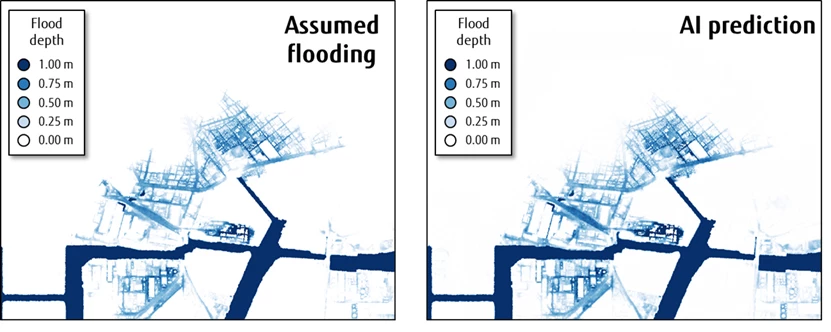As a region that is subject to a high degree of seismic activity, tsunamis are a real and ever-present threat for the people of Japan. The teams tasked with managing and responding to these risks may soon have a powerful new tool at their disposal, in the form of a new AI model built with the world’s fastest supercomputer that enables instant predictions of how these events will shape the flooding of coastal areas.
The hardware behind the development this new predictive AI tool goes by the name of Fugaku. Developed by Riken and Fujitsu, it was fired up midway through last year to become the world’s most powerful supercomputer. This computational power was put to use by a research team from Fujitsu, Tohoku University, and the University of Tokyo's Earthquake Research Institute, running tsunami simulations at high resolution. This enabled the team to create 20,000 possible tsunami scenarios for use as training data for the AI model.
A deep learning algorithm was used to study and corroborate the waveform data of offshore tsunamis at the time of an earthquake with the resulting flooding conditions on dry land, improving its accuracy over time. Training the model in this way led to the creation of an AI that could predict tsunami flooding in near real-time, with a high spatial resolution.
While the model needs to be trained in advance on Fugaku, it can be loaded onto regular PCs and fed waveform data to carry out the predictions in seconds. This was demonstrated in simulations of a large earthquake and tsunami impacting Tokyo Bay, where it matched up with flood modeling from the Cabinet Office of Japan.

The fact that it can be used on ordinary PCs is key to the developers’ plans of getting the tool into the hands of disaster response teams, and enabling them to use it to forecast flooding impacts on buildings, roads and other infrastructure in near real time.
Source: Fujitsu





